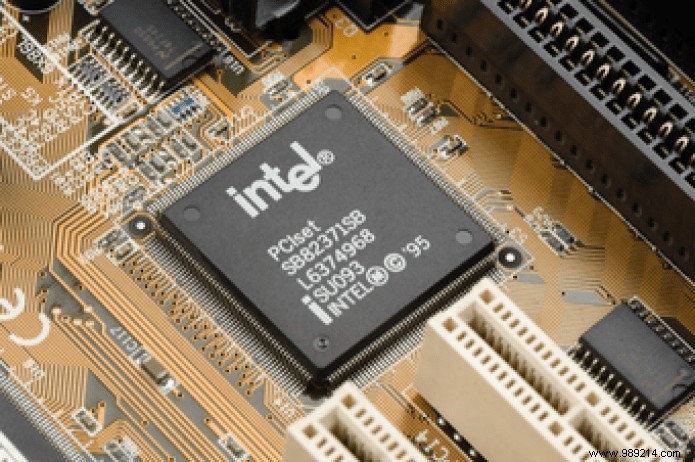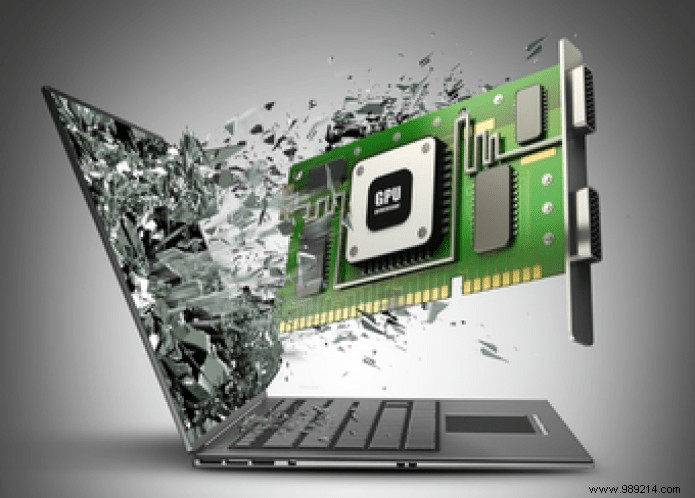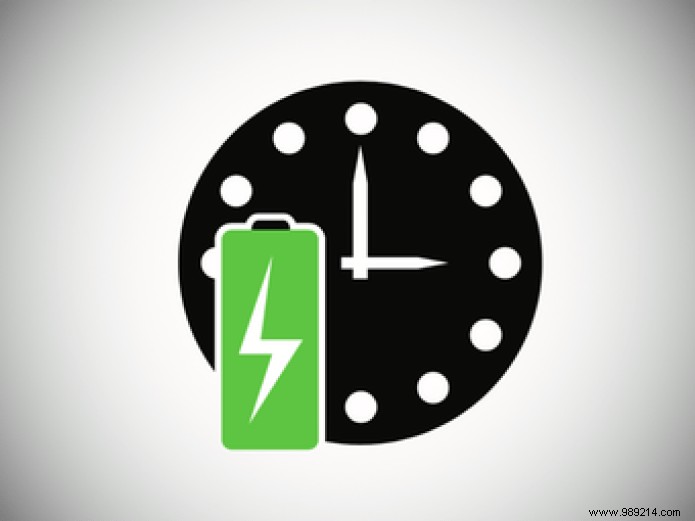Skylake is Intel's latest microarchitecture succeeding the Broadwell microarchitecture. You may have seen new products since 2015 boasting that the internals feature the new Skylake chips. Apple, for example, recently updated its MacBook line to include the new Skylake processors to provide a slight performance boost over the previous generation.

Aside from the obvious performance boost benefits, what does Skylake really mean to you? Should we suddenly avoid buying technology that still uses Broadwell processors? Let's take a look at some of the various Skylake upgrades on Broadwell and whether or not they are worth upgrading.
According to the press release straight from Intel, Skylake offers a 2.5x improvement in CPU performance, but it really shines in the graphics department. Skylake's graphics performance is 30 times better than Broadwell's, which means it's the chip to have if you're a big gamer or video editor. You can expect better frame rates and less lag.

That means it's also ready for the 4K world. Even though that's all the tech world seems to be talking about lately, many consumers are still content with 720p and 1080p content. But as the slow transition to even higher definition (4K) content unfolds, Intel is ready with Skylake. In fact, Skylake promises to be able to simultaneously power three 4K monitors at 60Hz.
While it offers better CPU and graphics performance, Skylake also saves you battery life. Intel claims to have been able to triple the battery life of devices running Skylake compared to five-year-old devices. It sounds amazing, but when several other factors come into play, that's not really what it translates to in the real world.

In the aforementioned MacBook update, for example, Apple was able to gain an extra hour of battery life. Part of that is likely due to Skylake's improved energy efficiency, but don't expect huge improvements over devices only a year or two ago.
Note: Skylake is also specifically optimized for Windows 10 devices since Intel designed and developed the microarchitecture with Windows 10 in mind, so the gains in power improvements and elsewhere should be particularly apparent on Windows machines. (That doesn't mean it won't work well with Macs, too.)Key to a lot of the performance gains Intel is talking about is the fact that the company compared Skylake to machines from five years ago. Obviously, technology has come a very long way since then. But Skylake isn't a gigantic leap forward from the Broadwell chips of yesteryear.
That said, there is nothing wrong with buying a machine with Broadwell. The device will still work perfectly even if you don't get those little bumps in graphics performance and power efficiency. However, if you're upgrading from a years-old machine, it might be worth considering upgrading to the latest and greatest technology.
READ ALSO: GT explains:What are CPU caches and are they really necessary